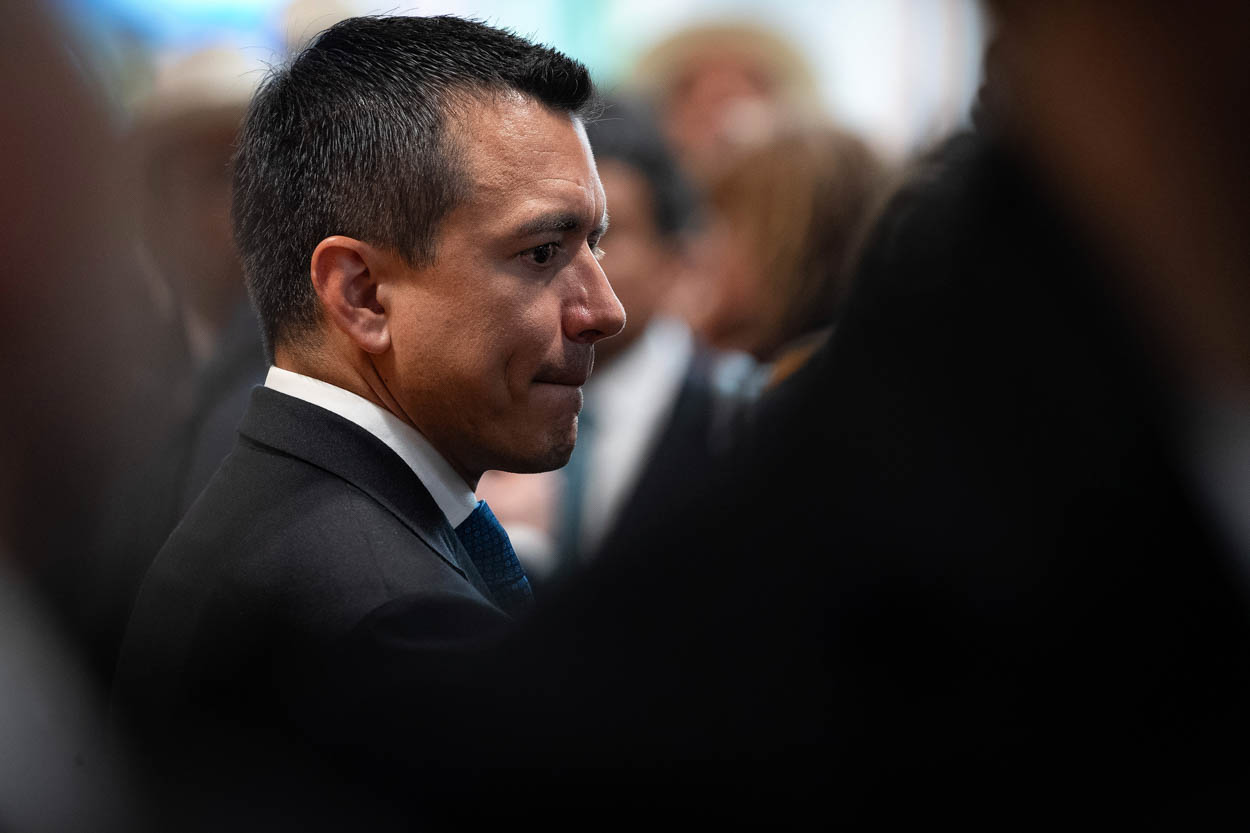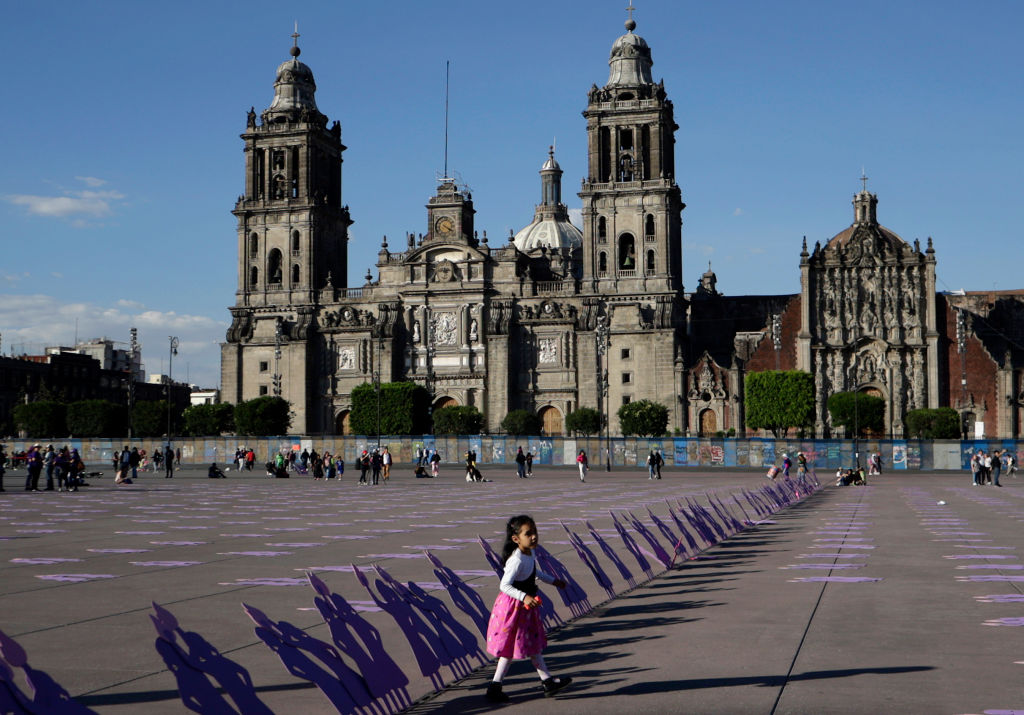The FARC’s New Boss
The FARC’s New Boss
After the killing of Alfonso Cano, Timochenko takes over the FARC even as the group is in decline.
Rodrigo Londoño Echeverria, known as Timochenko, became the third Revolutionary Armed Forces of Colombia (FARC) commander in as many years after the Colombian military killed Alfonso Cano in November 2011.
Timochenko has inherited a very different organization than that commanded by his predecessors. Only a little more than 10 years ago the FARC—Latin America’s oldest guerilla group founded in 1964—was a force to be reckoned with. At that time, flush with cocaine cash and with over 20,000 fighters, then-President Andres Pastrana had offered them a peace process and with it a Switzerland-sized swath of the countryside as a “safe zone.” Colombia was, for all intents and purposes, on the verge of becoming a failed state and a FARC military victory was a clear possibility.
But as the peace process moved toward failure, President Pastrana enlisted the help of the United States to the tune of $500 million a year for 10 years for the implementation of Plan Colombia. Plan Colombia, one of the most successful U.S. counter-insurgency efforts ever, focused on building vetted units, special forces units and intelligence structures and providing specific logistical support such as the provision of Black Hawk helicopters.
The efforts paid off and starting around 2003 real changes in the FARC’s approach began to take place. These were documented by emails recovered after the March 2008 killing of FARC commander Raúl Reyes. For one, the geopolitical landscape of the region had shifted. Lieutenant Colonel Hugo Chávez had recently been elected President of neighboring Venezuela; and the FARC had gained their most important international ally. Since the fall of the Soviet Union and the entropy of the Cuban revolution, the FARC had been increasingly isolated internationally. According to the email conversations, Chávez allowed the FARC unprecedented access to his administration and allowed them to use Venezuelan territory as a safe haven.
Just as importantly, the Chávez administration facilitated the FARC’s morphing from a guerilla army to a drug running organization supported politically by a network of civil society organizations across the continent. Political cover is rooted in the São Paulo Forum (FSP)—an organization of leftist political parties founded by Fidel Castro and Luiz Inácio Lula da Silva in 1990. Membership in this organization has given the FARC operating room within some of the more radical of the 13 governments controlled by FSP members.
Read the full text at www.AmericasQuarterly.org.
Douglas Farah is senior fellow at the International Assessment and Strategy Center, and adjunct fellow at the Americas Program, with the Center for Strategic and International Studies (CSIS). Joel D. Hirst is a Human Freedom Fellow with the George W. Bush Institute; he tweets at @JoelHirst .







